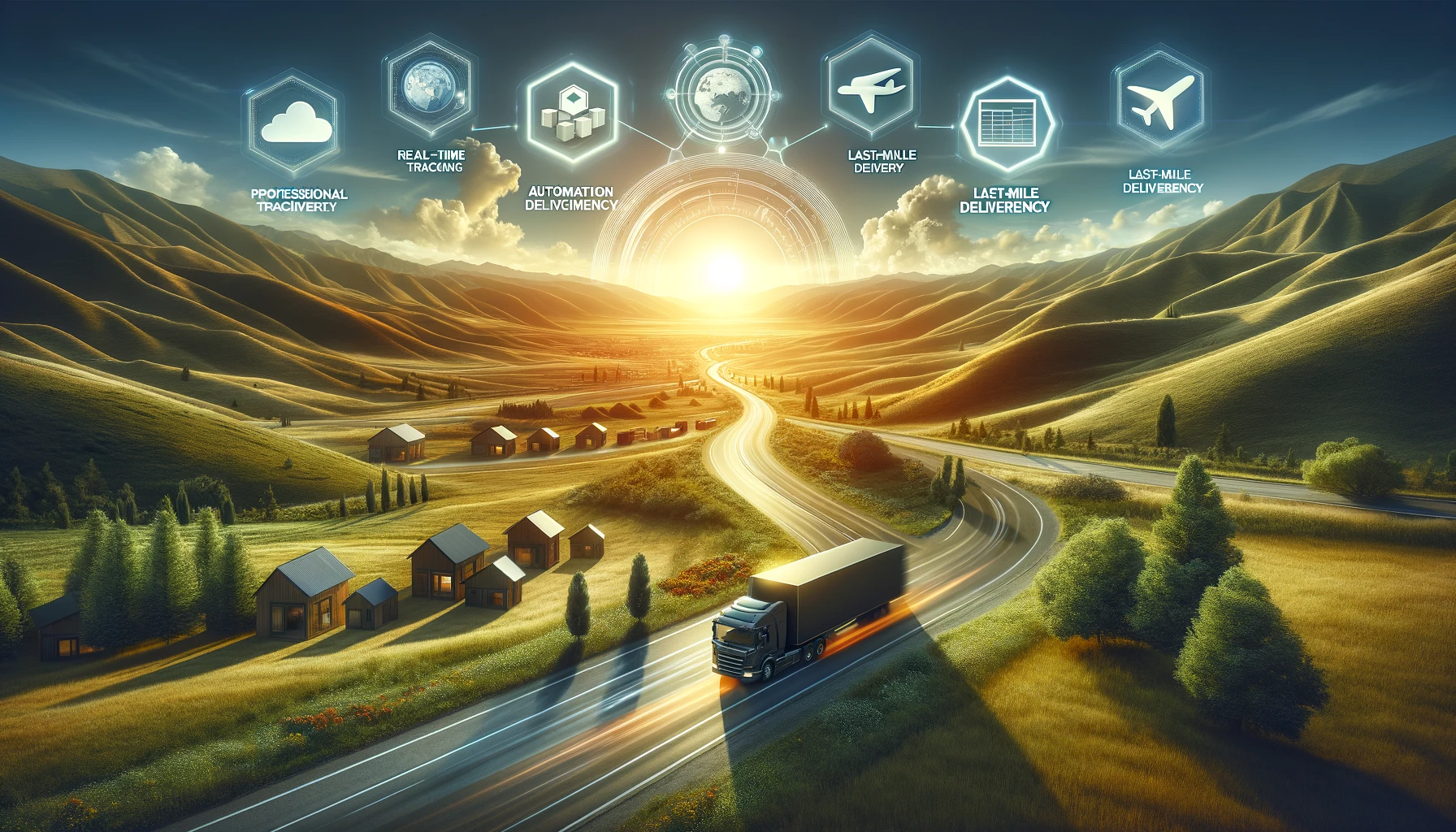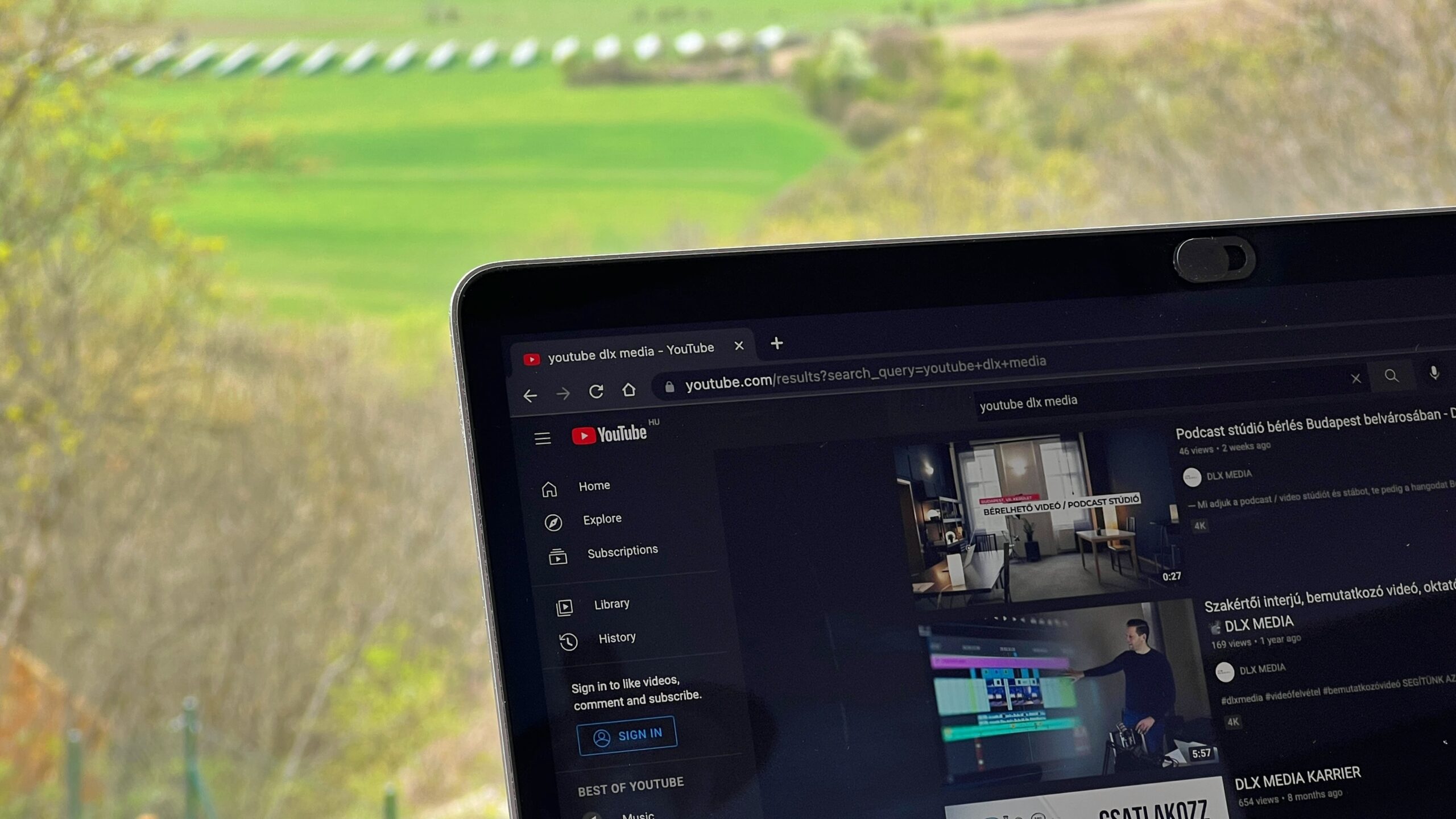After the unintended boost given to e-commerce by the COVID-19 pandemic, more people are relying on online commercial transactions. A significant percentage of people worldwide made their first online purchase in 2020. In addition, approximately 2.14 billion people did their shopping from the comfort of their phone or laptop. Therefore, many companies are creating more interaction channels for existing and potential customers. Therefore, the need for an omnichannel customer experience is greater than ever before.
While multi-channel service has its advantages, it has one major shortcoming; it limits the customer to a fragmented experience. This is not what the modern online shopper wants. For example, a customer who experiences a failed transaction while shopping on social media should be able to file a complaint via a call to your local store and be recognized within seconds of the call being answered. For the customer, it's the same company, regardless of the point of contact – web, mobile application, social media or physical store. What today's digital buyers demand is an omnichannel customer experience. Without a doubt, it is possible to give them exactly what they need.
WHAT IS AN OMNICHANNEL CUSTOMER EXPERIENCE?
More than just a set of buzzwords, omnichannel customer experience is critical to ecommerce, no matter the size of your business. An omnichannel customer experience is a seamless connection between the different channels through which your business advertises or sells, allowing a customer to interact with a business through every touchpoint without interruption or delay in their journey.
The benefits of this type of customer service are many. It includes an improved customer experience, increased customer retention and loyalty, increased sales and monetization. Plus, it provides even more customer data to better serve them. So how do you create this omnichannel customer experience? It's much less complicated than it sounds; here's how to do it:
UNDERSTAND YOUR CUSTOMERS BETTER
Undoubtedly, the first step in providing better customer service is to know your customers and understand what customers want. The easiest way to achieve this is to ask honest reviews and feedback from your customers through surveys. At the same time, do research to find out the demographic spread of your customer base. This shows you which age and gender interact most with your company, what the ideal interaction looks like for them and where they prefer these interactions.
DRAW THE AVERAGE CUSTOMER TRIP MAP
Om de klantenservice van uw bedrijf te verbeteren, moet u het gemiddelde klant traject volledig begrijpen vanaf het moment dat ze uw product ontdekken, hun onderzoek doen, de aankoop doen en een langetermijnrelatie met uw bedrijf ontwikkelen. Wanneer u hun reis over uw meerdere contactpunten in kaart brengt, kunt u kansen voor een omnichannel-klantervaring identificeren. Zo worden de hiaten en pijnpunten die potentiële kopers dwingen transacties af te breken duidelijk. Als gevolg hiervan weet u waar u meer klantenondersteuning kunt pompen.
ENABLE CUSTOMER SUPPORT IN ALL CHANNELS
Customers always want a quick response, and who says they don't deserve it? Providing customer support on every interaction channel is an integral part of creating the perfect omnichannel customer experience. This should include chatbots or live chat features on your websites and direct messaging on social media. Creating a channel without customer support is a fun opportunity to leave old customers dissatisfied and lose potential new customers.
INVEST IN THE RIGHT TECHNOLOGY
Thanks to technologic advancements, all the tools you need to create omnichannel customer service are at your disposal. Product Information Management (PIM) software is available to help you improve your omnichannel product strategy. Customer Data Platform (CDP) systems are available to help you create a unified, 360-degree profile of each customer. Customer Relationship Management (CRM) software and Marketing Automation may use CDP data to improve customer interaction. These are just 3 examples of countless tools that can get you where you want to be faster and more confidently.
In short, creating an omnichannel customer experience is an urgent and non-negotiable task. However, the good news is that it is now a very feasible project for any business. By following the steps above, you can begin the journey to an omnichannel customer experience today. We'd love to help you with your ecommerce business, so create one today appointment with us.














